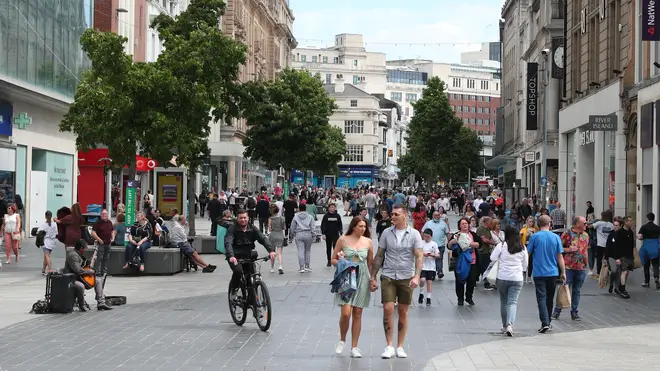
Ben Kentish 7am - 10am
1 October 2020, 11:05 | Updated: 1 October 2020, 12:02

A fresh round of restrictions has been announced for parts of northern England to bring transmission of coronavirus under control.
Health Secretary Matt Hancock revealed the new restrictions on Thursday morning as a "difficult but necessary" move after a spike in "localised" cases.
He warned this was the "only alternative" to letting Covid-19 "rip" through the country - which, he added, was something he did not want to allow.
So what are these latest restrictions and where will they be imposed?
People living in the Liverpool City region, Warrington, Hartlepool and Middlesbrough are all included in the new round of restrictions.
It serves as an extension from tighter measures already imposed in the North East earlier this week.
People living in the aforementioned areas will be banned from mixing between other households - and regulations will be introduced to enforce this.
Exemptions to meet-ups, Mr Hancock said, would include public outdoor spaces such as parks and outdoor hospitality venues.
Care home visits will also be restricted to exceptional circumstances only, while people have been advised to avoid all but essential travel.
This incorporates travelling to work and school.

Matt Hancock announces local lockdown restrictions for Liverpool
Liverpool's coronavirus rate has skyrocketed, coming in at 268 cases per 100,000 people in its weekly statistics.
Knowsley, in Merseyside, is also at a high of 262 cases per 100,000 - the second highest rate in the country.
St Helens is currently sitting at a weekly rate of 212 cases per 100,000.
Meanwhile, Warrington has 163 cases per 100,000 people, while Middlesbrough and Hartlepool both have 121.